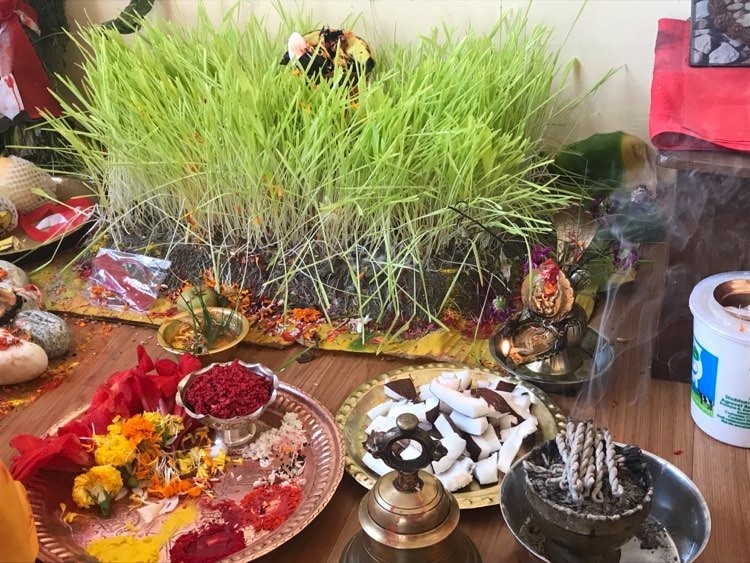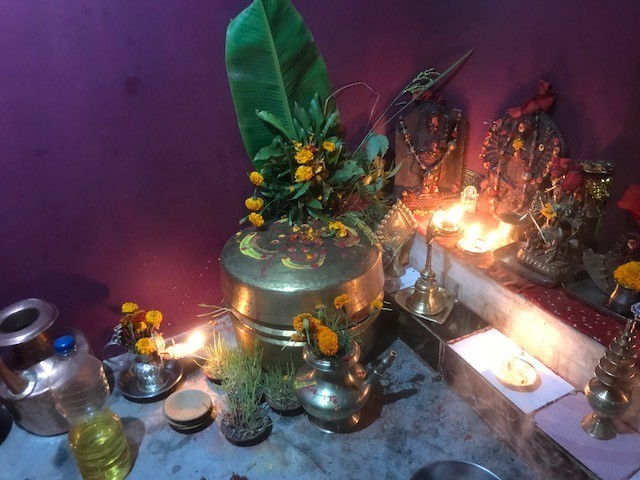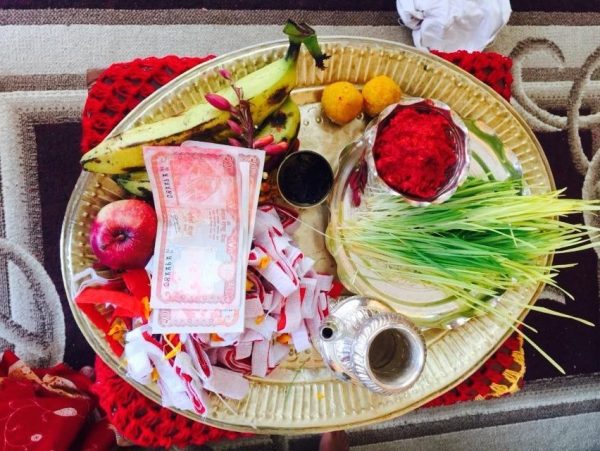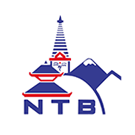The Arrival of Dashain Festival
With October already here, the rainy season clouds are transforming into flawless blue skies and autumn is in full bloom. The crisp air, warm weather, and colorful dragonflies are the signs of the approaching festive season that bring a different kind of good vibes. Mainly in Nepal, autumn is the festival season where religion, celebration, and rituals are great parts of life. However, due to the pandemic, people may have to scale down their ceremonies within their homes this year.
Generally, the festivals and celebrations that are observed with a social gathering such as Teej, Indra Jatra have been prohibited because of a steady rise in COVID-19 cases. So, what about the grand Dashain festival celebration of 2020?
Certainly, there will be no mass gathering, traveling, and visiting relatives from one place to another during the Dashain festivals. People celebrate and enjoy festivals with family members staying inside the house. Since the travel permission will allow people to visit their relatives, it is likely to spread COVID-19 in the communities.
Celebrating Dashain Safely during Pandemic
Even with the pandemic, people still really like festivals. But this year, things can’t be the same as before because of the virus. We need to be careful and follow some basic rules to keep ourselves and others safe. This means wearing masks, using hand sanitizer or washing our hands with soap, not being in big crowds, and keeping some distance from each other.
Why Dashain festival is celebrated?
Dashain symbolizes the triumph over an evil demon named “Mahisasur” who had wreaked havoc by attacking all three realms of heaven, earth, and hell, known as Trilok. The Dashain narrative revolves around the epic battle waged between the malevolent Mahishasura and Goddess Durga. Mahishasura had been granted immortality by Lord Brahma, with the condition that only a woman could defeat him. Ultimately, Lord Brahma, Lord Vishnu, and Lord Shiva united to create Goddess Durga, who ultimately vanquished Mahishasura.
The initial nine days of Dashain commemorate the prolonged struggle between evil and righteousness. Following this relentless battle over nine days, Goddess Durga achieved her victory over Mahishasura on the tenth day.
Moreover, Dashain also symbolizes the triumph of God Ram over the demon Ravan, as portrayed in the Ramayana. Thus, Dashain signifies the victory of virtue over evil.
Dashain Festival in 2020
Each year, people celebrate Dashain festival with much fervor and enthusiasm across Nepal. This year, the main day of Dashain Festival – Ghatasthapana falls on 17 October, and the seventh-day Fulpati will be happening on 23 October. Asthami is observed on 24 October and Nawami on 25 October and Dashami on 26 October respectively. Also, for 5 additional days till 30 October (Kojagrat Purnima), people continue to visit their elder house relatives to receive tika and blessings after the main day, also called Vijaya Dashami.
How do we celebrate Dashain?
Ghatasthapana

On the first day of Dashain, Ghatasthapana is celebrated by carrying out worship, and installing Ghada or kalash means ‘sanctified earthen pot’. A rectangular sandy area is made, and the holy vessel is kept in the center. Around the vessel, a handful of barley seeds, which are supposed to be pure and blessed, are sprinkled. The rectangular sandy area was kept away from sunlight in the prayer room for the next 9 days and water was sprinkled on it on a daily basis.

On the 10th day, the elders offer the sowed and reaped sprouted seedlings (Jamara) along with Vermilion (Tika) as an auspicious gift of the goddess Nava Durga.
Fulpati
On the seventh day, Fulpati is observed. “Ful” means flower, and “pati” means leaves/plants, so this is the day in which an assortment of 9 plants and flowers are tied together and brought into the shrine room of every home.

As a part of the ritual, Fulpati is brought from Gorkha to the Dashain Ghar at Hanumandhoka.
Maha Asthami

The eight-day of Dashain symbolize Mahaashtami along with the Kalratri puja (Dark Night) performed on the same night. On this day, people sacrifice animals such as goats, buffaloes, and hens as an offering to Goddess Kali. And the meat is consumed as ‘Prasad’ (sacred food).
In the night, the Newar community organizes a family feast known as Kuchhi Voya (a unit of Kuchhi is used to measure beaten rice for the feast and put on a banana leaf for each family member; voya means feast).

Before commencing Kuchhi Voya, the head of a family offers a feast to nine Goddesses, distributing one each to nine Goddesses on a banana leaf cut into small pieces.
What is fascinating about this entire custom is that the whole family gets together and sits in a row on the floor with the eldest taking the place of honor at the top and the youngest at the bottom, where they enjoy an innumerable number of dishes that are served on a banana leaf.
Maha Navami

Maha Navami is celebrated on the ninth day of Dashain where people worship their daily using apparatus such as vehicles, equipment, and tools. Animal sacrifices and special offerings are executed at ´Dashainghar´ and ´Kots´ and at the temples of several goddesses. The gates of the Taleju Temple are only opened on this day to the devotees to pay homage.
Also, the people of the Newar community visit Bhimsen, a Hindu deity, to pay their respects by making animal sacrifices on the occasion of Mahanawami.
Vijaya Dashami

The 10th day is known as Vijaya Dashami, which is where the name Dashain comes from. On this day, all family members and relatives come together to receive blessings from the elders, along with tika (a combination of red vermilion, yogurt, and rice) and jamara (sprouted seeds of barley, wheat, corn, and rice).

At the same time, the Newar community observes Mwohni, a distinct celebration. They exchange Mwohni tika, also known as Mwohni Sinha (a black tika), alongside the red tika, jamara, and kokha (white and red strips). For the Newars, Mwohni represents a festival where they honor the divine presence within themselves.
Kojagrat Purnima
The fifteenth day of Dashain, known as Kojagrat Purnima, comes to an end with a special tradition. People worship Mahalaxmi at their homes in the evening and stay awake throughout the night. It is believed that on Kojagrat Purnima night, goddess Mahalaxmi travels around the world, blessing those who remain awake and don’t sleep.
The Best time for trekking

October and November are considered the ideal month to embark trekking in Nepal, and the grand festival falls in those months.
What else can be a more interesting thing than witnessing the majestic mountain views in excellent weather while you trek and experience the vibrant festive vibes of affluent cultural tradition?
Traditions during the great festival of Dashain
Playing Swing (Ping)

One of the best things to do when you visit Nepal during Dashain is to enjoy the swings. These are big swings made of bamboo and coconut ropes, and they’re set up all over the country, especially for children to have fun. It’s a really important part of Dashain.
People believe that you have to get on a swing and leave the ground at least once during Dashain. They say it can help get rid of bad feelings and make you feel refreshed and happy.
Playing Cards
Another fun activity during Dashain is playing cards. Family members and neighbours visit each other’s homes to play card games, and these games can go on for days and nights.
Buying new clothes
During Dashain, many people go shopping for new clothes and gifts. The markets are very busy with people buying things they need to enjoy Dashain to the fullest.
Flying kites

Kites-flying is considered an important way to convey messages of gratitude to the Rain God Indra, for showering abundant rain throughout the monsoon to ensure a good harvest season. During Dashain Festival, people fly kites, making the sky full of colorful kites of various shapes and sizes.
Varieties of dishes

Throughout the festival, there is much celebration, feast, consuming food, and enjoying with family and friends. People start to organize feasts from the 7th day until the 15th day of Dashain. They savor consuming every delicacy of meat and different varieties of dishes.
Malshree Dhun- Devotional Music
Music is an integral part of celebrations. Malshree Dhun instrumental melody of Nepal is played throughout this festive season as devotional music to Nawa Durga. The Dashain Dhun has got a marvellous melody that raises people’s spirits and drives them into a festive mood.
Dashain is a time of great rejoicing, a celebration of togetherness that solidifies warm bonding between the family members, which is the best part of this festival. Though we might not be celebrating the festivals this year with much fanfare and enthusiasm due to the pandemic, there will be festivals next year and the year after that, and we have a grand celebration.
Nepal Sanctuary Treks wishes everyone a very safe and prosperous festive season!












